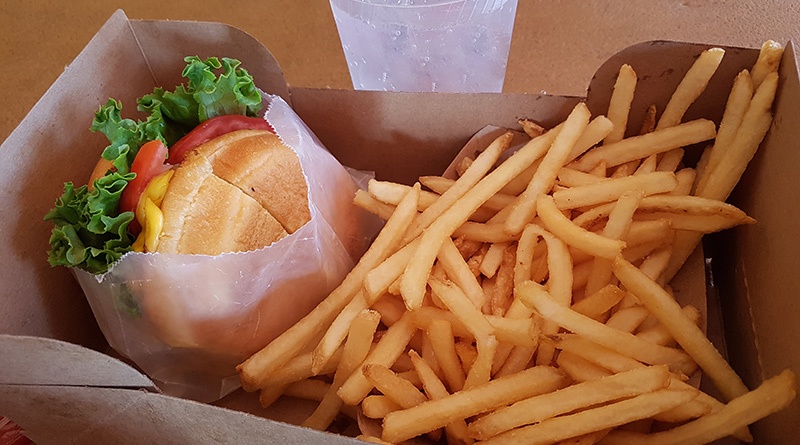One in Five Meals Consumed at Home in Europe Will Come from Restaurants

For the first time since the pandemic began, consumer spending in the food service industry in Europe bounced back to pre-pandemic highs, according to “State of the European Food Service Industry”analysis, which was announced by The NPD Group through its CREST consumer panel.
Continued hybrid working, spending more time at home, and the ease of both online shopping and ordering food for takeout and delivery has resulted in increased consumption at home. However, it has also made it difficult for the food service industry to completely rebound. Total food service spending in Europe in 2022 declined by 6% to €292 billion (compared to €309 billion for the full-year 2019). NPD expects the sector will bounce back to pre-pandemic levels this year, as inflation eases and COVID-19 concerns continue to recede.
Growth in click-and-collect orders tripled in 2022. European consumers spent close to €9 billion in 2022, up from €3 billion in 2019. Click and collect is the fastest growing at-home foodservice and is expected to reach €10 billion this year.
Consumption of prepared food from restaurants that is consumed at home is expected to remain 50% above 2019 levels. These types of meals will represent more than one out of five meals, according to NPD, which recently merged with IRI to create a leading global technology, analytics, and data provider.
While food delivery sales will remain far above pre-pandemic levels, the pace of growth will slow. More than a third (36%) of consumers in NPD’s “Uncertainty Survey” say they plan to cut foodservice expenditures in 2023.
Consumer confidence remains low across Europe and eating out is now perceived as expensive. As a result, people are visiting restaurants and food service establishments less often, leading to a 14% decline in the number of visits in the past year. In fact, 60% of consumers claimed that prices in restaurants had increased too much for them. Seven out of 10 consumers noticed that prices increased more than they expected.
Trading down or out and ordering less
Consumers are also finding other ways to lower the cost of their final bills. Trading down is particularly popular with people shifting from casual dining to limited-service restaurants. In fact, 16% of people said they were going to different restaurants with better prices or promotions.
Going to their usual restaurant but ordering less to reduce the final bill is a strategy adopted by 15% of people who order fewer sides, starters, and drinks . Sales of alcoholic beverages, for example, declined by 13% during the financial crisis in in 2009.
A similar decline was also seen across supermarkets, convenience stores, and off-licenses in Europe last year. IRI reported a €2.7 billion (4%) decline in sales of beer, wines and spirits in 2022, taking total category sales value for the year down to €66 billion.
Trading out of food service altogether is another strategy being adopted by consumers. At-home eating occasions, which increased during the pandemic as the food service industry almost shut down, continued at an increased level during 2022, with 513 million more visits than in 2019.
“COVID-19 changed work and private life forever,” said Jochen Pinsker, the senior vice president of European foodservice at NPD. “Along with continued pessimism about the economy and healthier consumer behaviours, the disruption to the foodservice industry structures is likely to remain for some time, if not forever. People are increasingly spending time and, therefore, are eating food at home. That is a great opportunity for the restaurant industry when offering the right solution, order methods, and packaging. But it is also vulnerable to pessimistic consumers when they are forced to manage their finances. Eating out has become a discretionary cost for price sensitive consumers.”
Despite these headwinds, the industry is stable, and the industry can expect further growth throughout 2023 and into 2024, when sales for the sector may completely rebound to its pre-pandemic state. Tapping into the at-home trend and managing price perception could provide further opportunities for growth.”
